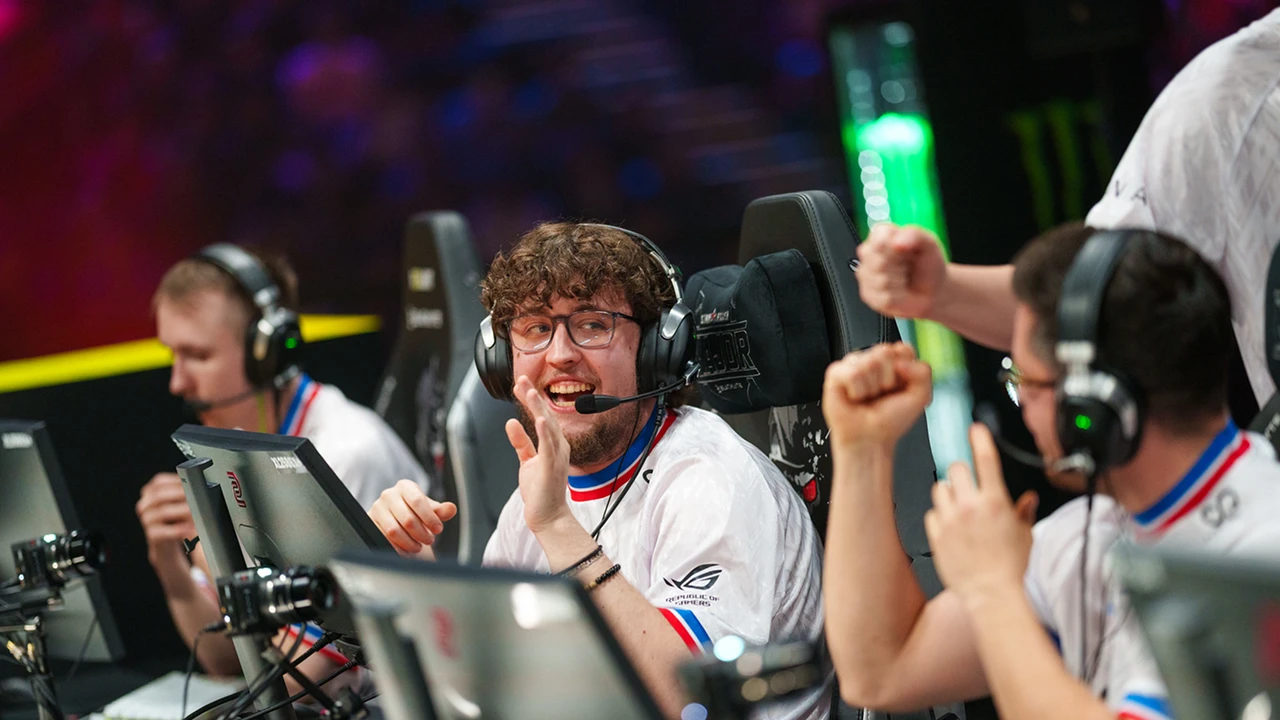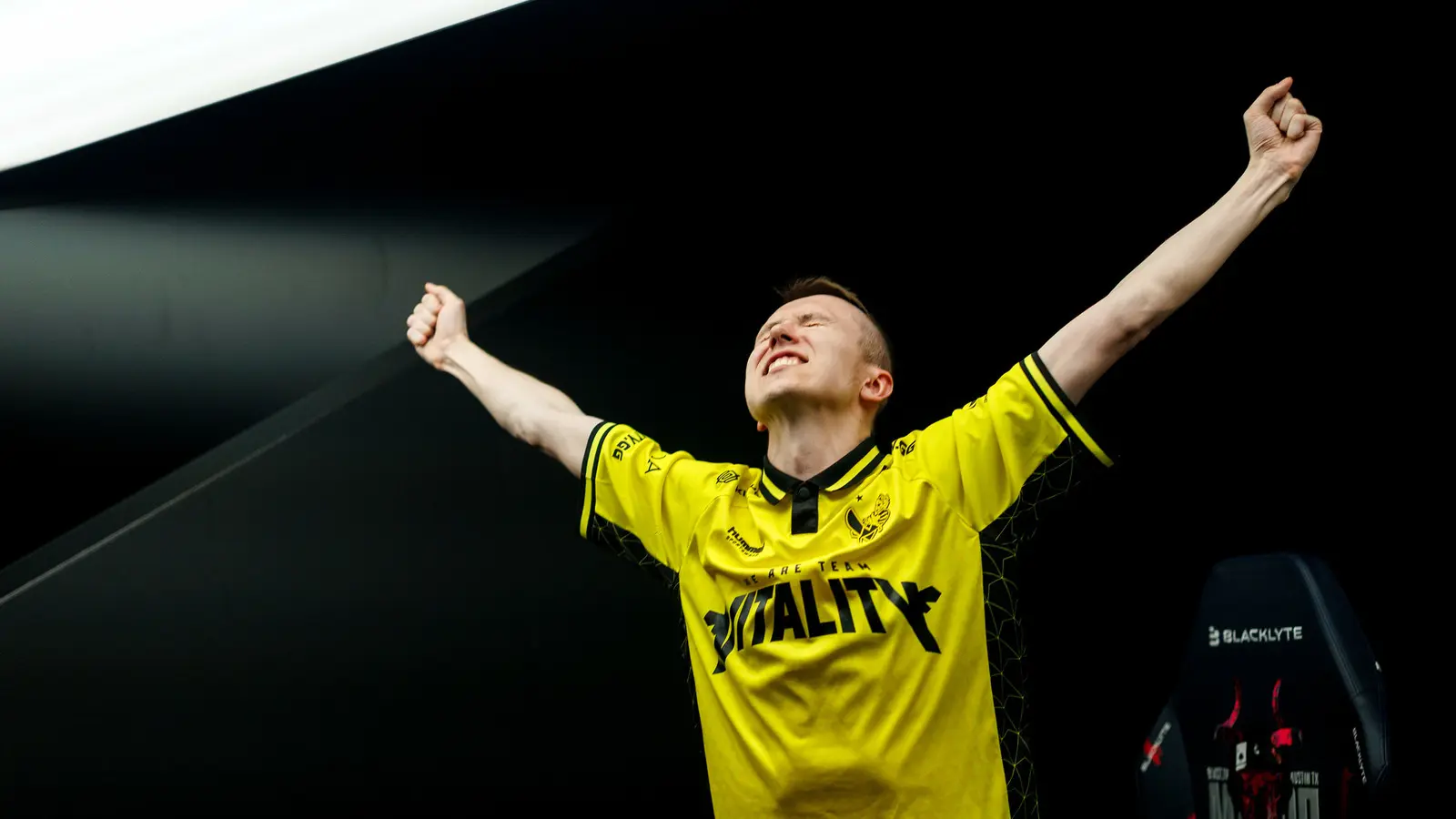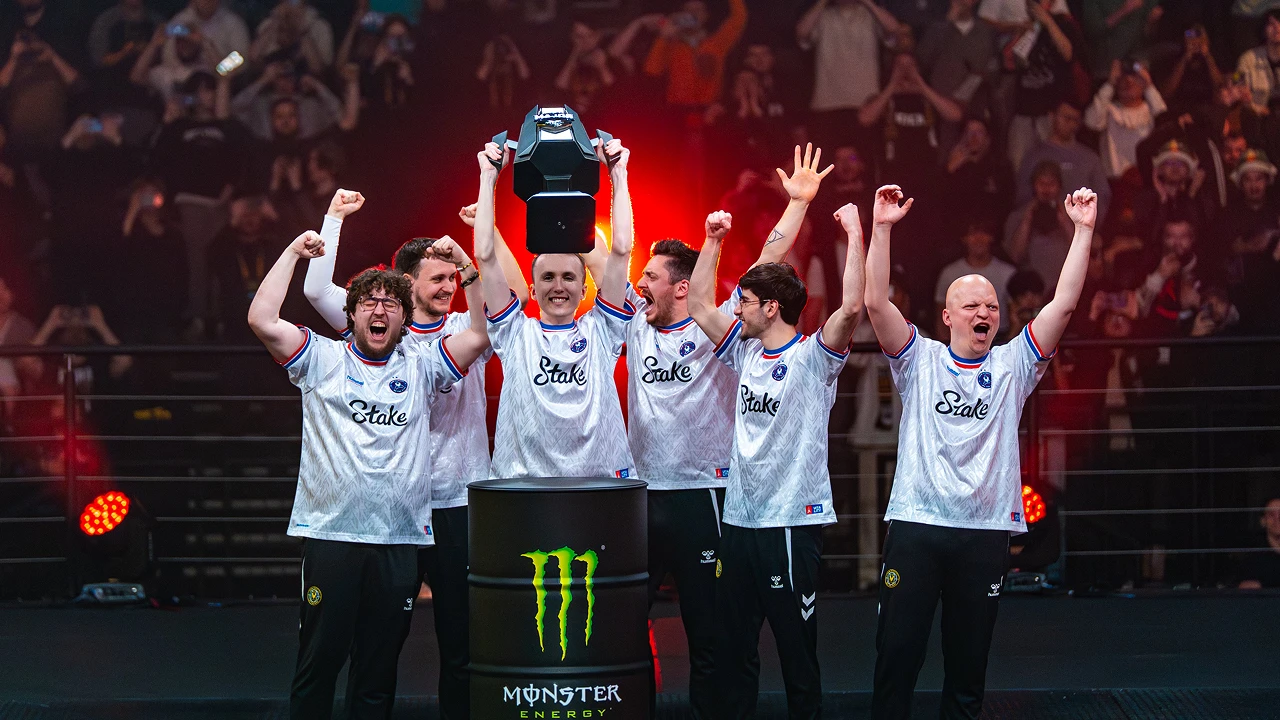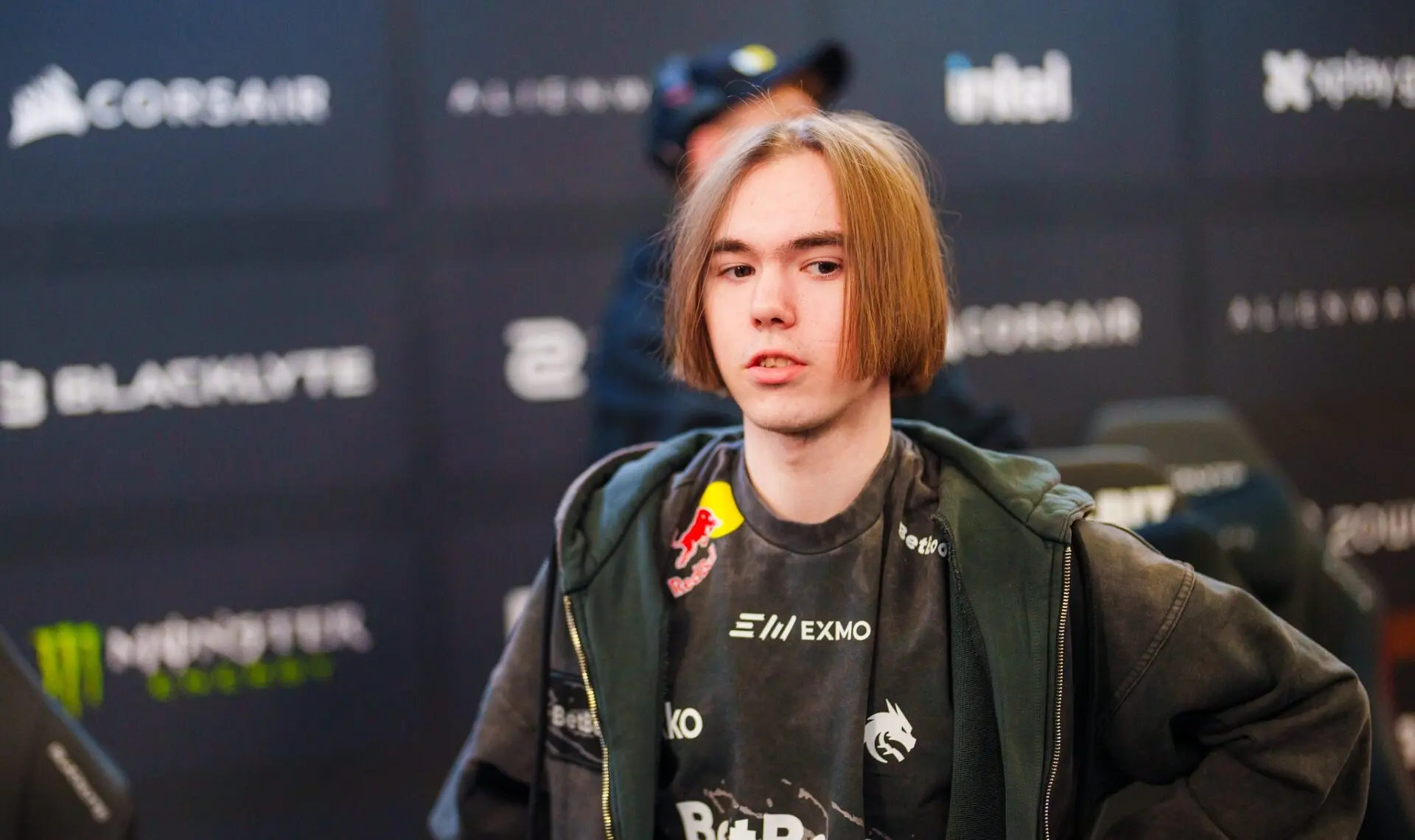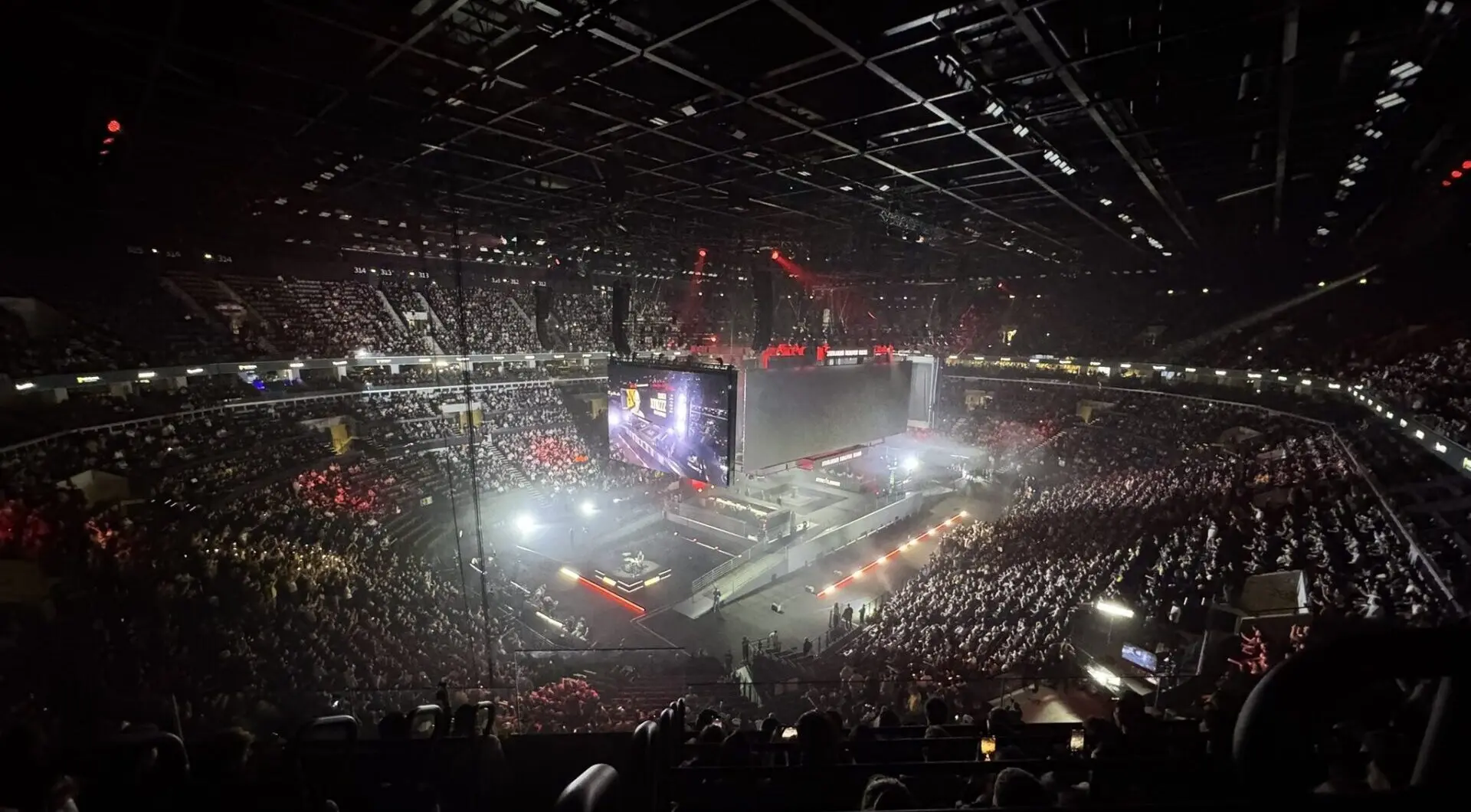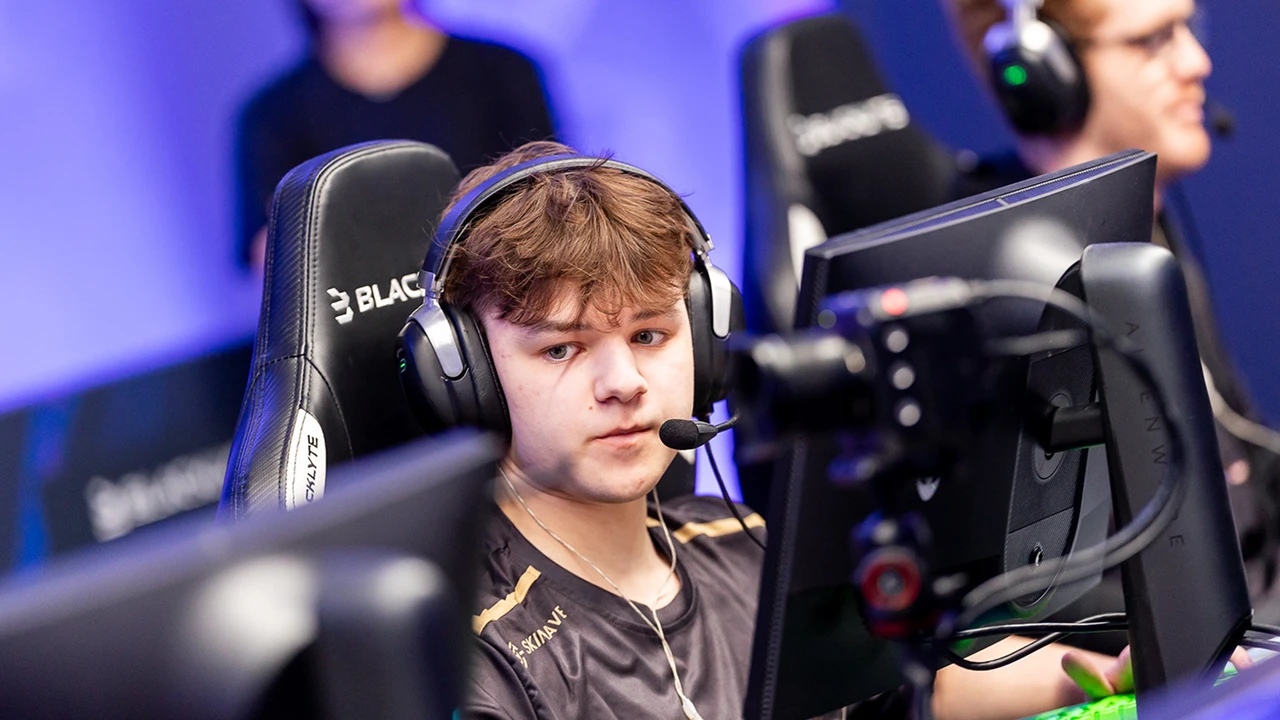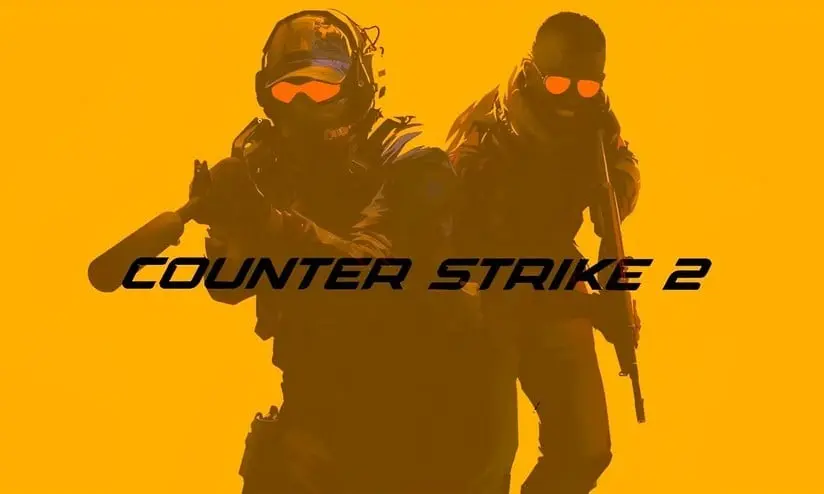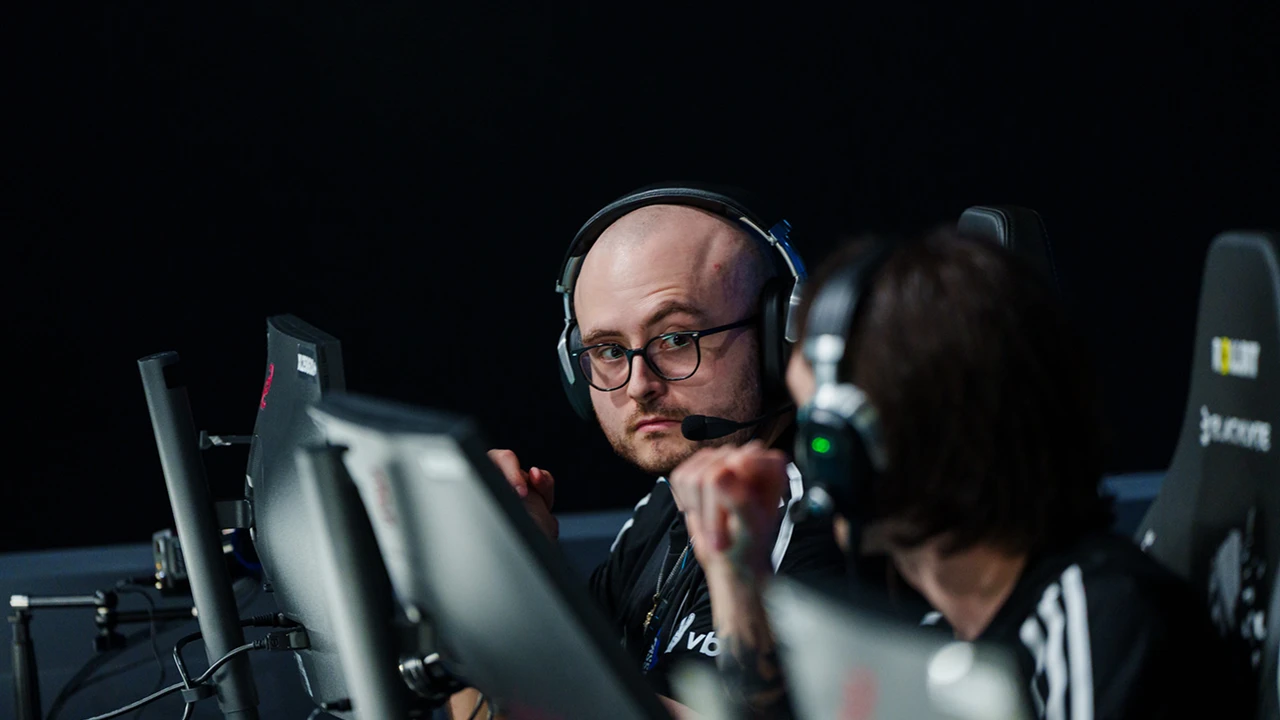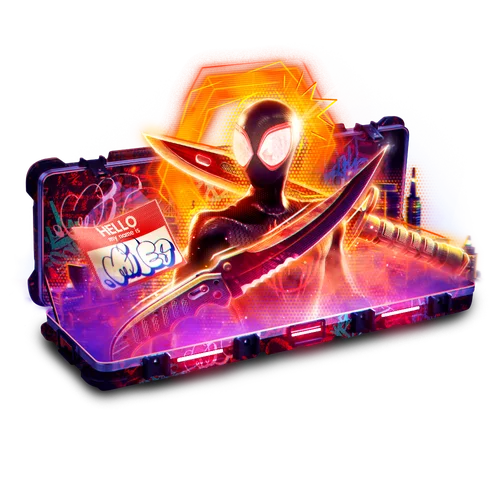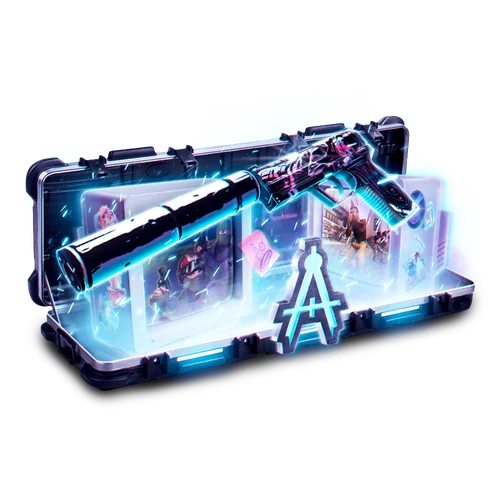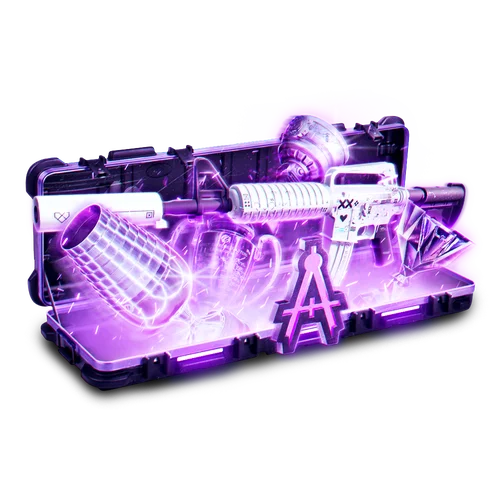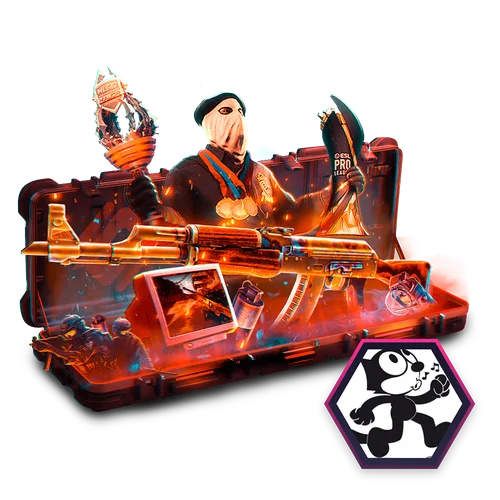HLTV has announced the release of Rating 3.0 — the biggest update to its player evaluation system in Counter-Strike since the introduction of Rating 2.0 back in 2017. From now on, all CS2 matches will be reflected under the new formula, which promises to better showcase a player’s true impact on the outcome.
This update is not just a cosmetic change. HLTV has essentially rewritten its statistical approach, combining economic context with a brand-new metric called Round Swing, which measures how much each frag changes a team’s chances of winning a round
Rating history: from 1.0 to 3.0
- Rating 1.0 (2010): created by Petar Tgwri1s Milovanovic as an alternative to raw K/D. He added multi-kills as a separate factor.
- Rating 2.0 (2017): a major reform with new indicators like KAST, Damage, and Impact. This gave both aggressive entry players and supports more recognition.
- Rating 2.1 (2024): adapted to CS2, introducing penalties for saving and overly passive sniping.
- Rating 3.0 (2025): the first full leap forward in eight years, now focused on economy and context.
read more
Step by step, HLTV has been moving away from “raw stats” toward a system closer to the real value of a player’s actions.
Six sub-ratings — the new foundation

If Rating 2.1 had five sub-metrics, Rating 3.0 now has six:
- Kills – adjusted for the opponent’s weapon and armor.
- Damage – damage output adjusted in the same way.
- Survival – survival in difficult situations is now rewarded more.
- KAST – participation adjusted for the probability of impact in a given round.
- Multi-Kills – a separate sub-rating for explosive moments.
- Round Swing – the new metric showing how win probability changes after each kill.
The old Impact rating is gone. Its role is now split between Round Swing and Multi-Kill.
Economic adjustment: a long-awaited step

HLTV admits: the old system had a major flaw. Killing an opponent with a starter pistol was counted the same as winning a duel against a full buy. In CS2, where nearly 55% of duels happen between players with different buy levels, this created distortions.
In Rating 3.0:
- a frag against a Glock without armor is worth significantly less;
- a kill in even conditions (AK vs M4) gives standard points;
- winning a pistol duel against an AWP brings a bonus.
This not only makes statistics fairer but also reduces “eco-padding.” As a result, aggressive fraggers will rank lower, while disciplined riflers and support players will move closer.
Round Swing: a new way to measure impact

read more
Round Swing is a real revolution. It analyzes every frag and shows how much it changed the team’s chance of winning a round:
- an entry kill in a 5v5 shifts the odds by about 20%;
- winning a 1v1 or 1v2 clutch can add up to 50%;
- a frag in a 5v2 or against a full eco contributes minimally.
The metric also distributes credit among everyone who contributed to the kill: the final shot, damage dealt, flash assists, or trades. This removes the old unfairness where assists undervalued true impact.
Concrete example: EliGE vs BetBoom

HLTV gave a striking case:
- in the old system, EliGE had a 2.06 rating after 23 frags and 133 ADR;
- but nine of those kills were against full ecos and another three against half-buys;
- in Rating 3.0, his rating dropped to 1.40;
- meanwhile, broky, who scored a crucial clutch and had better results in equal conditions, overtook him on the scoreboard.

This example shows the key value of the new system: we now see not only the number of frags but also their true impact on winning.
Who benefits and who loses?

- Losers: aggressive entry players (xertioN, malbsMd, YEKINDAR). Their frequent anti-eco frags and failed openings are now punished more.
- Winners: supports and clutchers (Jimpphat, Techno), who value their lives and often maximize tough situations.
- AWPers: a mixed bag. nqz gained, while device and 910 dropped.
- Mid-round stars: Twistzz becomes even more valuable since his 3v3 and 2v2 impact is captured more accurately.
- IGLs and “save merchants”: apEX and similar players now have to do more, as team wins count less toward personal rating.
Our take: strengths and weaknesses
Pros:
- Fairer treatment of eco frags — anti-eco runs no longer inflate ratings.
- Better balance across roles — supports and clutchers finally get recognition.
- More real context — Round Swing reflects key match moments.
Cons:
- Mathematical undervaluation of entry kills — early openers can look less important than clutches.
- More complexity for fans — numbers are harder to “read,” as ratings now depend on many factors, not just K/D.
Community reaction
The release of Rating 3.0 sparked a storm of discussion in the HLTV community. Fans are split between enthusiasm and skepticism:
- Some celebrate: “3.0 > 2.1,” “Finally!” — praising HLTV for constantly improving.
- Others joke, calling it “HLTV Rating 2 Episode 2” or mocking the new Round Swing graphics: “Half Life Tee Vee knows what it’s doing with these bars.”
- Many immediately focused on the ZywOo vs donk rivalry. One user wrote: “ZywOo’s about to have a harder time,” but others replied that he still outperforms donk over the past 12 months.
- A few teased HLTV devs, claiming the release was delayed because donk’s Round Swing was too low in prototypes.
- Some see risks: “nero is doing his best to screw donk and sh1ro again,” one user noted.
Overall, the reaction is lively and divided. Most agree it’s the biggest leap in statistics in eight years, but fans are eager to see how it will affect the scene’s superstars and the upcoming HLTV Top 20 of 2025.
read more
Conclusion
Rating 3.0 is more than an update — it’s a new philosophy. HLTV has moved away from simple frag counting and is now trying to evaluate players by their true impact on victory.
This will reshape MVP awards, HLTV’s annual Top 20, and even community debates. Some will argue entry fraggers are undervalued, while others will say supports are finally getting their due. One thing is certain: from now on, looking at match stats will be much more exciting.




































